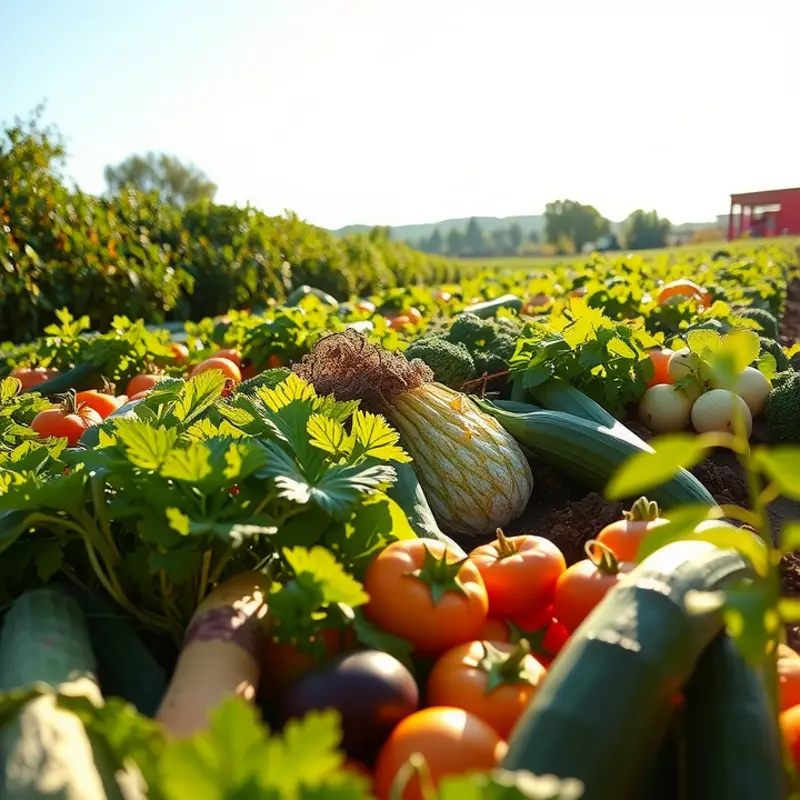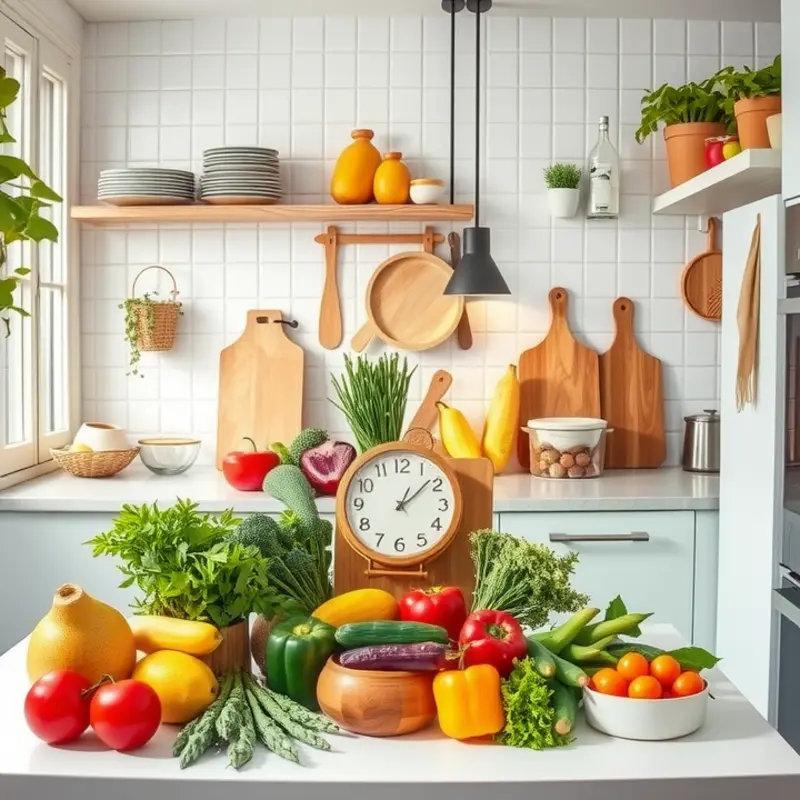Meal planning doesn’t have to be a daunting task, especially for busy individuals and families. With effective ingredient sorting strategies, you can simplify your cooking process, saving valuable time and reducing stress. Embrace these practical steps and watch how your meal routines transform into a smooth operation that fits your hectic lifestyle.
Efficient Ingredient Sorting Techniques

Maximizing efficiency in the kitchen requires mastering the art of ingredient sorting. Understanding how to categorize, store, and prioritize ingredients can save significant time. Let’s delve into some efficient techniques that streamline meal preparation and enhance kitchen organization.
Start by setting up a reliable batch sorting system. Begin with a plan of what you want to prepare for the week. This could include chopping vegetables, organizing spices, and portioning proteins. Allocate specific days for these tasks. For instance, dedicate Sunday afternoons to washing, peeling, and cutting. Store these prepped items in clearly labeled containers. This approach not only saves preparation time during the week but also helps reduce food waste by quickly visualizing what’s available.
Leverage kitchen tools to speed up the sorting. Invest in a set of good-quality knives that can handle different types of food prep. A sharp chef’s knife, a paring knife, and a serrated knife form the basics. Mandolines and food processors are excellent for quickly slicing and dicing. They reduce manual effort, allowing for uniform cuts, which is vital for even cooking.
The layout of your pantry also plays a critical role in efficient meal prep. Arrange ingredients by categories such as spices, canned goods, grains, and snacks. Use clear jars for grains and legumes to easily check levels and identify them. Consider using shelf organizers to maximize space and avoid clutter. Ensure that frequently used ingredients are at the front for easy access.
Additionally, a well-marked spice rack can be a game-changer. Categorize spices by cuisine or flavor profile. This not only makes them easier to find but also inspires creativity in your dishes. A designated area for seasonings saves time spent searching and enhances culinary agility.
Refrigerators should also be sorted methodically. Store raw proteins on the bottom shelf to prevent contamination. Use the crisper for fruits and vegetables to maintain their freshness. Keep condiments and frequently used ingredients, such as butter or milk, in the door shelves for easy retrieval.
Lastly, create a virtual inventory. Utilize a note-taking app on your phone to keep a running list of what’s in your pantry, fridge, and freezer. This keeps you informed and helps prevent overbuying. It’s also a handy reference when planning meals.
For those seeking more minimalistic strategies, consider revisiting practical ingredient batching. This approach involves selecting versatile ingredients that can feature in multiple meals throughout the week. You can explore this concept further here.
By implementing these sorting techniques, you can transform your culinary space into an organized, efficient machine. The result is a cooking experience that’s not only faster but more enjoyable, freeing up time for what truly matters.
Creating a Prep-friendly Kitchen Environment

A prep-friendly kitchen environment is key to sorting ingredients quickly and effortlessly. Start by evaluating your kitchen layout and identifying the areas where bottlenecks occur. By decluttering and prioritizing space, you create an efficient workflow that minimizes movement and maximizes productivity.
1. Arrange Your Cooking Space
Effective kitchen arrangement involves designating specific zones for every cooking task. Dedicate one area for chopping and slicing, another for cooking, and a separate space for plating. Ensure essential tools like knives, cutting boards, and spatulas are within easy reach. Install a wall-mounted magnetic strip for knives to save drawer space while keeping the blades visible for quick access.
2. Invest in Efficient Storage Solutions
Utilize clear, airtight containers for dry goods to keep them fresh and visible. Label containers for quick identification, whether you are looking for rice, pasta, or flour. Adjustable shelving in cabinets allows you to customize storage to fit various sizes of containers efficiently. Implement a sliding rack system for spices and condiments to access them effortlessly and avoid clutter. Learn more about eco-smart kitchen storage here.
A well-sorted pantry saves time during meal prep. Group ingredients by purpose—baking, cooking, or snacks, for instance. This categorization helps in quick retrieval and also highlights what needs replenishment at a glance.
3. Using Digital Tools for Meal Planning
Digital tools can redefine your approach to meal planning, thus enhancing the ingredient sorting process. Explore apps that sync shopping lists with meal plans. These tools can suggest recipes based on the ingredients you have, preventing last-minute grocery runs. By planning meals digitally, sort your ingredients at the start of the week, ensuring everything is organized and ready to go.
Integration of a digital inventory helps in tracking ingredients that have reached their expiry dates, reducing waste and promoting the usage of fresh items. It further assists in streamlining the prep tasks, making the time in the kitchen more productive.
Crafting a kitchen that supports swift and efficient ingredient sorting isn’t just about having the right tools or layout. It involves continuously refining the setup to suit your cooking habits. By implementing these strategies, your kitchen becomes a space of culinary creativity unhindered by disorganization or inefficiency.
Final words
By implementing fast ingredient sorting strategies and streamlining your kitchen, you can reclaim precious time and energy in your daily meal prep. The approaches outlined here not only make cooking more enjoyable but also help to foster collaboration among family members as they contribute to meal preparation. Start incorporating these practical tips into your routine, and soon you’ll find that dinner doesn’t have to be a stressful endeavor but rather a time for connection and creativity.







